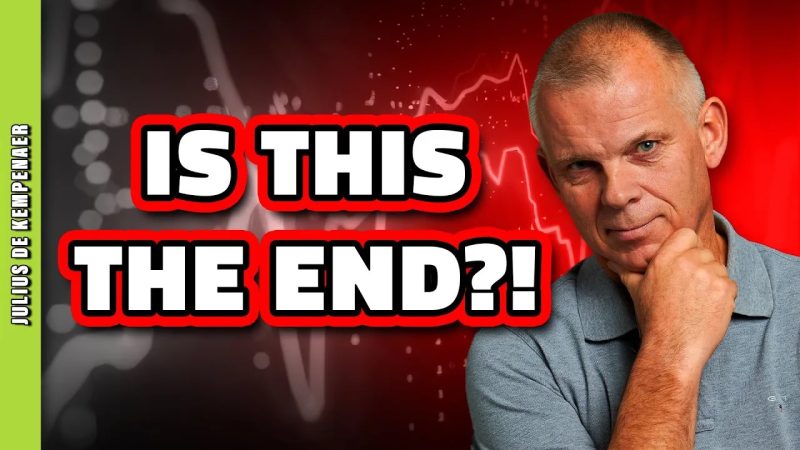**The Rise and Fall of Stock Outperformance: Understanding the Market Dynamics**
**Understanding the Market Dynamics**
To comprehend the recent shift away from stock outperformance, one must delve into the underlying market dynamics at play. Traditional metrics and indicators that have historically driven stock outperformance may no longer be as relevant in the current market environment.
**Economic Uncertainty and Volatility**
The global economy has been grappling with heightened levels of uncertainty and volatility, driven by factors such as geopolitical tensions, trade wars, and the ongoing COVID-19 pandemic. These uncertainties have created a challenging landscape for investors, forcing them to reevaluate their strategies and risk tolerance.
**Changing Investor Sentiment**
Investor sentiment plays a crucial role in driving stock outperformance. As market dynamics evolve, so too does investor sentiment. The recent shift away from stock outperformance may be attributed in part to changing attitudes and perceptions among investors, who are increasingly prioritizing stability and sustainability over short-term gains.
**Rise of Non-Traditional Assets**
The traditional definition of stock outperformance may no longer hold true in a market where non-traditional assets are gaining traction. Investors are diversifying their portfolios with assets such as cryptocurrencies, commodities, and real estate, challenging the notion that stocks are the sole drivers of outperformance.
**Tech Disruption and Innovation**
The rapid pace of technological disruption and innovation has reshaped the investment landscape, with tech companies often leading the pack in terms of stock performance. However, the tech sector’s dominance in driving stock outperformance may be facing headwinds as regulatory concerns and market saturation come into play.
**Environmental, Social, and Governance (ESG) Factors**
The growing emphasis on ESG factors has also played a role in reshaping investor preferences and perceptions of stock outperformance. Companies that prioritize sustainability and social responsibility are gaining favor among investors, shifting the traditional metrics used to gauge stock performance.
**Adapting to the New Normal**
In light of these evolving market dynamics, investors and market participants must adapt their strategies to navigate the changing landscape. By diversifying portfolios, incorporating ESG considerations, and staying attuned to emerging trends, investors can position themselves to weather market uncertainties and capitalize on new opportunities.
**Conclusion**
In conclusion, the era of stock outperformance may be facing a transformation as market dynamics evolve and new trends reshape the investment landscape. By understanding the underlying factors driving this shift, investors can adjust their strategies to navigate the changing market environment effectively. Staying informed, flexible, and proactive will be key in adapting to the new normal and seeking long-term success in the dynamic world of investing.

